









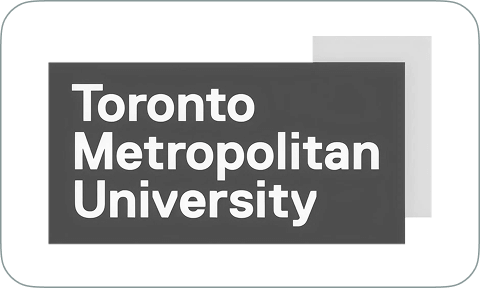




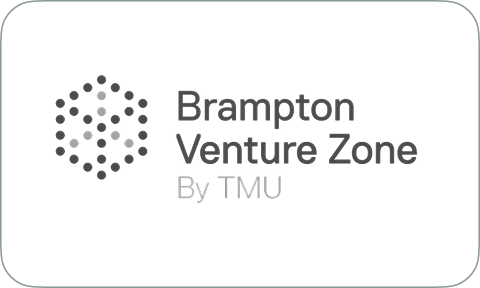






























$249.00






Born from personal struggle, built with cutting-edge expertise
After a decade at Google, founder and CEO Ami Lebendiker experienced severe burnout due to the demanding work culture. Recognizing the shortcomings of traditional stress relief treatments, he set out to create an effective and affordable solution. This led to the development of Roga, a scientifically-backed wellness product aimed at helping modern professionals manage daily stress.
Results are from specific study populations. Individual results may vary.



Roga sends gentle electrical impulses to the brain via the auricular branch of the Vagus Nerve.
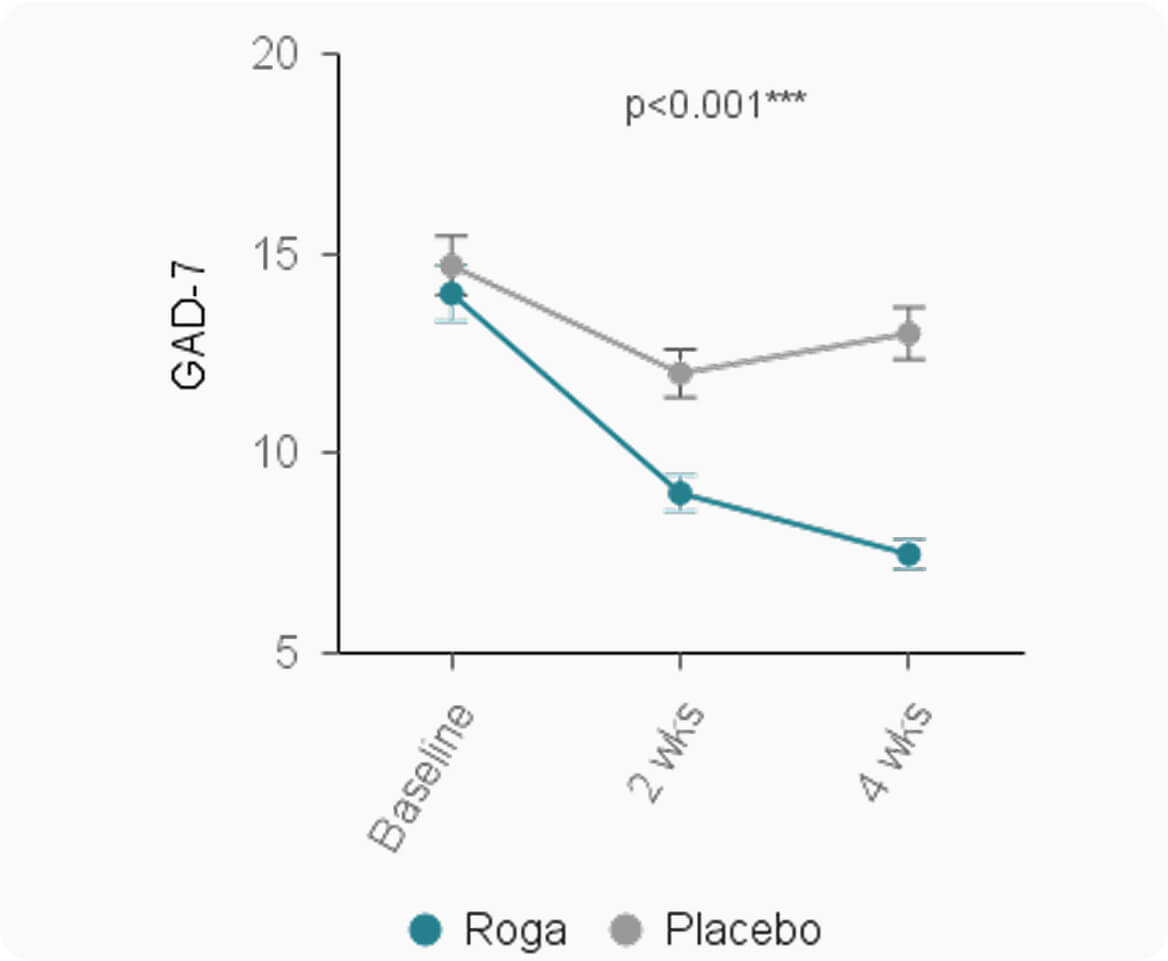
STUDY 01
Auricular Transcutaneous Vagus Nerve Stimulation (tVNS) Reduces Anxiety Symptoms: A Longitudinal Randomised Controlled Study
Anxiety disorders affect a significant portion of the population, leading to a growing interest in new treatment approaches. In a study on the Roga tVNS device, researchers found that daily use of auricular transcutaneous vagus nerve stimulation (tVNS) over four weeks significantly reduced anxiety in participants with moderate to severe anxiety. The active treatment group experienced a 47% decrease in GAD-7 scores and a 14% decrease in STAI-S scores, demonstrating that tVNS is a promising and effective non-invasive treatment for long-term stress relief.
Source
Controlled study using Roga devices, funded by MITACS Accelerate grant in Canada. Independently evaluated and approved by the University of Waterloo Human Research Ethics Board (HREB). Published in The Society for Neuroscience and The Brain & Behavior Journal.
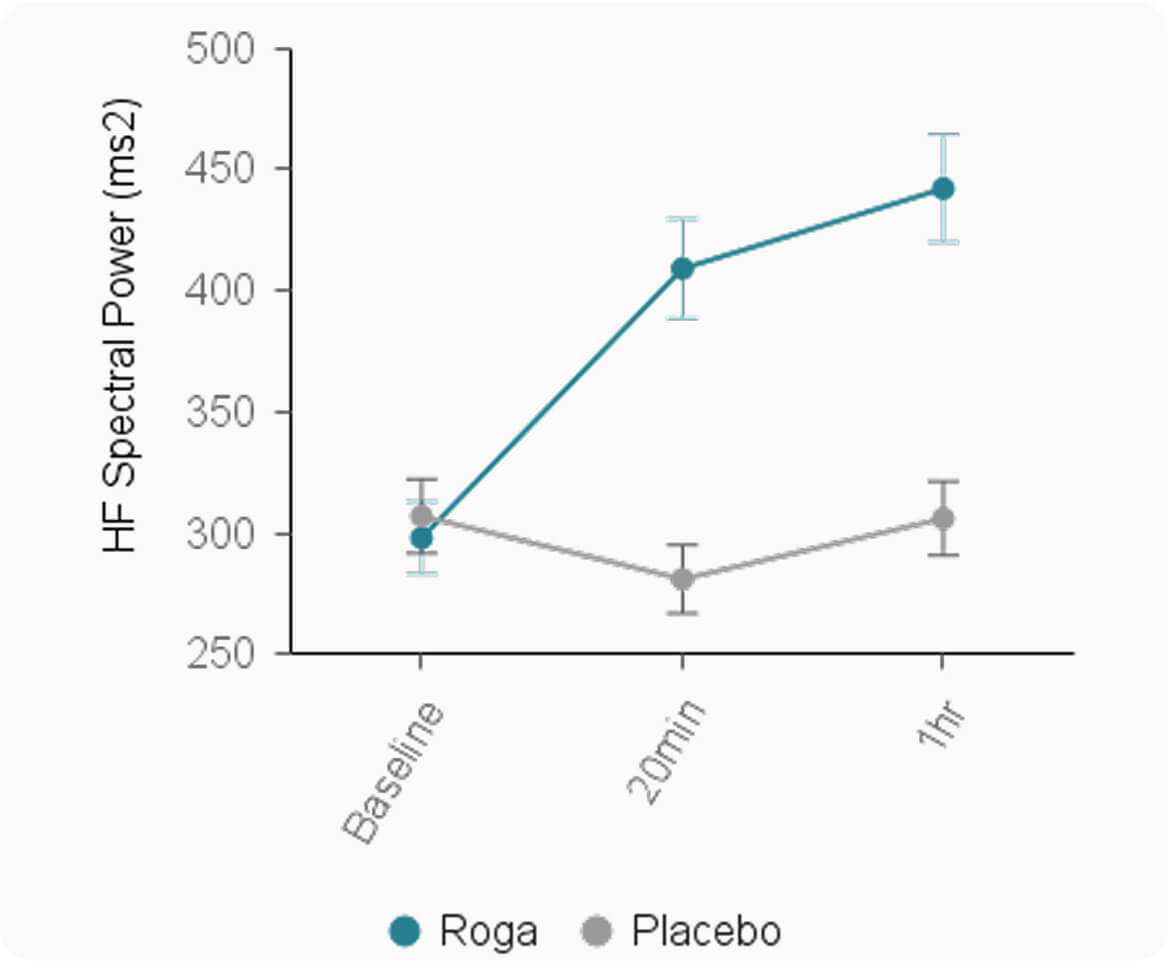
STUDY 02
Heart Rate Variability Improvements Through Non-Invasive Vagus Nerve Stimulation: Results from a Placebo Controlled Study
The vagus nerve is vital for regulating stress and recovery, with its function measured by heart rate variability (HRV). This study showed that a single 1 hour tVNS session significantly enhanced vagal activity. The stimulation increased HRV's high frequency (HF) power by 48%, while other markers like RMSSD and the LF/HF ratio also indicated a strong shift toward parasympathetic dominance. The study confirms that tVNS can effectively increase HRV and improves autonomic balance.
Source
Controlled study using Roga stimulation, independently evaluated and funded, published in The Advances in Neuroscience Research Journal.
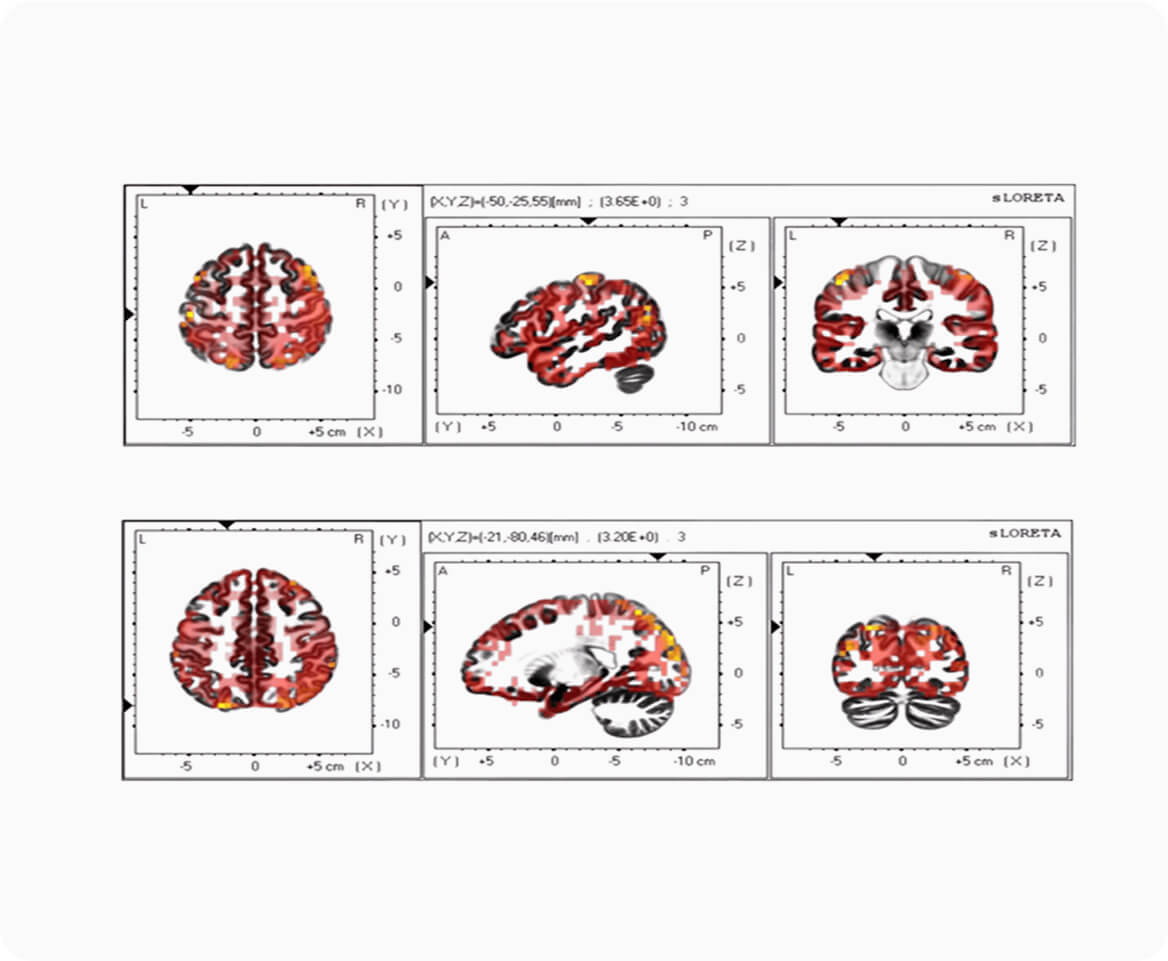
STUDY 03
Non-Invasive Vagus Nerve Stimulation Effects on Brain Waves: A Study of Alpha Power and Stress-Related Attention Signals
Brainwave activity studies are crucial for understanding how non-invasive techniques like auricular transcutaneous vagus nerve stimulation (tVNS) can help patients regulate their stress levels. This study found that the stimulation can significantly increase alpha brainwave activity, a state linked to relaxed mental processing. The stimulation also boosted neural responses for attention and emotional control, which suggests it may help to downregulate stress related brain networks and rumination.
Source
Clinical trial funded by MITACS Accelerate grant in Canada. Independently evaluated and approved by the University of Waterloo Human Research Ethics Board (HREB). Published in The Society for Neuroscience and The Brain & Behavior Journal.
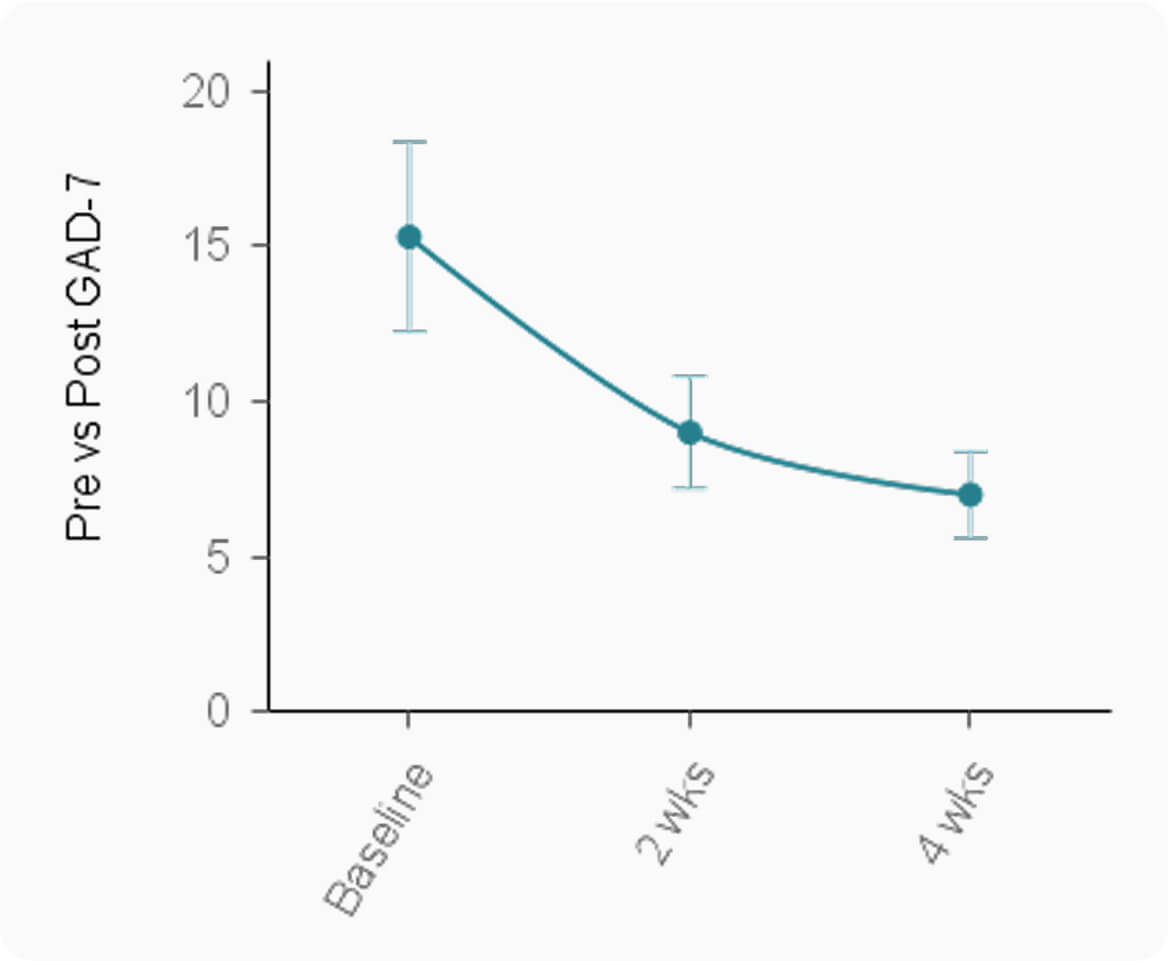
STUDY 04
Efficacy of Non-Invasive Vagus Nerve Stimulation in Reducing Anxiety Symptoms: A 4-Week User Study
In today's fast-paced world, stress, burnout, and anxiety are a widespread concern affecting millions. This study used non-invasive vagus nerve stimulation (nVNS) to attempt to alleviate some of the anxiety symptoms. The results were primarily measured using the Generalized Anxiety Disorder 7-item (GAD-7) scale, a widely used clinical tool to assess the severity of anxiety symptoms. Participants with moderate to severe anxiety saw a 54% reduction in their GAD-7 scores within just two weeks, moving from the severe to the mild range.
Source
Pilot study using Roga technology, independently evaluated and funded, published in Brain Stimulation.